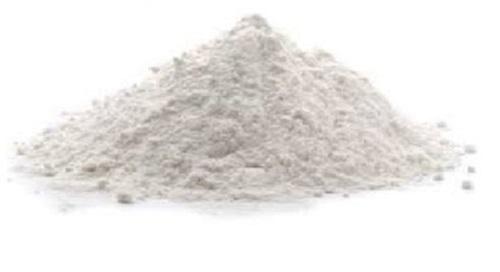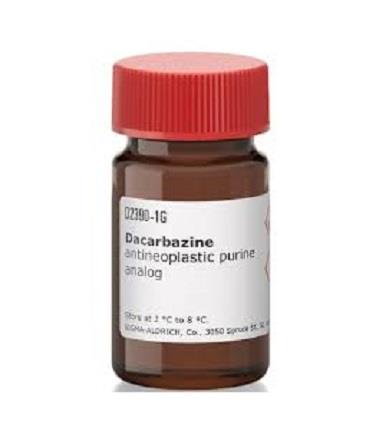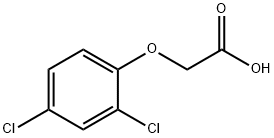Applications of 2,4-Dichlorophenoxyacetic acid
Jan 13,2022
2,4-Dichlorophenoxyacetic acid, esters, amines, and salts are formulated in water suspensions or solutions, or in various organic solvents, for application as systemic herbicides that are used postemergence for selective control of broadleaf weeds.
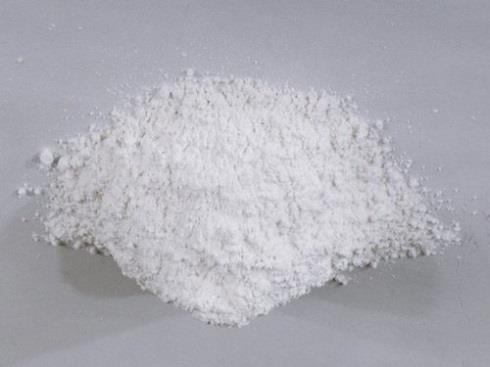
Applications
2,4-Dichlorophenoxyacetic acid is registered with the US Environmental Protection Agency (EPA) for use on a variety of food/feed sites, turf, lawn, aquatic sites, and forestry applications, and as a growth regulator in citrus crops. Residents and professional applicators may use 2,4-D on home lawns.
Mode of action
2,4-Dichlorophenoxyacetic acid acts by mimicking the action of the plant growth hormone auxin, which results in uncontrolled growth and eventually death in susceptible plants.It is absorbed through the leaves and is translocated to the meristems of the plant. Uncontrolled, unsustainable growth ensues, causing stem curl-over, leaf withering, and eventual plant death. 2,4-D is typically applied as an amine salt, but more potent ester versions exist, as well.
Environmental Fate
2,4-Dichlorophenoxyacetic acid has a relatively short half-life and is rather immobile in soil. Soil half-lives have been estimated at 10 days for the acid, diethylamine, and ester forms. The half-life of 2,4-D in aerobic aquatic environments was estimated at 15 days and >41 days in anaerobic aquatic laboratory studies.
The acid, amine, and ester forms of 2,4-D are metabolized
to compounds of nontoxicological significance and ultimately
to forms of carbon. Therefore, 2,4-D is considered to be
a biodegradable compound. Under normal conditions, 2,4-D
residues are not persistent in soil, water, or vegetation.
Mechanism
2,4-Dichlorophenoxyacetic acid is a plant-growth regulator that appears to function by causing uncontrolled cell division in vascular tissue. It stimulates nucleic acid and protein synthesis and affects enzyme activity and respiration. It is absorbed by plant leaves, stems, and roots, and moves throughout the plant. It accumulates in growing tips.
- Related articles
- Related Qustion
N-Acetyl-L-cysteine (NAC) is a white crystalline powder that melts in the range of 104–110°C and has a very slight odor. It is a natural sulfur-containing compound that is produced in living organisms from the amino acid cysteine. It is inv....
Jan 13,2022APIDacarbazine is a colorless to an ivory-colored solid belonging to the alkylating class of antineoplastic medications. Alkylating agents were the first anticancer molecules developed. Within this group of compounds, there are six major class....
Jan 13,2022API2,4-Dichlorophenoxyacetic acid
94-75-7You may like
2,4-Dichlorophenoxyacetic acid manufacturers
- 2,4-Dichlorophenoxyacetic acid
-
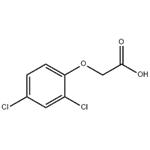
- 2025-12-14
- CAS:94-75-7
- Min. Order:
- Purity: 0.99
- Supply Ability:
- 2,4-D
-
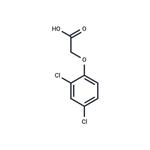
- $59.00 / 5g
- 2025-12-12
- CAS:94-75-7
- Min. Order:
- Purity: 99.42%
- Supply Ability: 10g
- 2,4-Dichlorophenoxyacetic acid
-

- $10.00 / 1KG
- 2025-12-11
- CAS:94-75-7
- Min. Order: 100KG
- Purity: 99%
- Supply Ability: 100 mt




